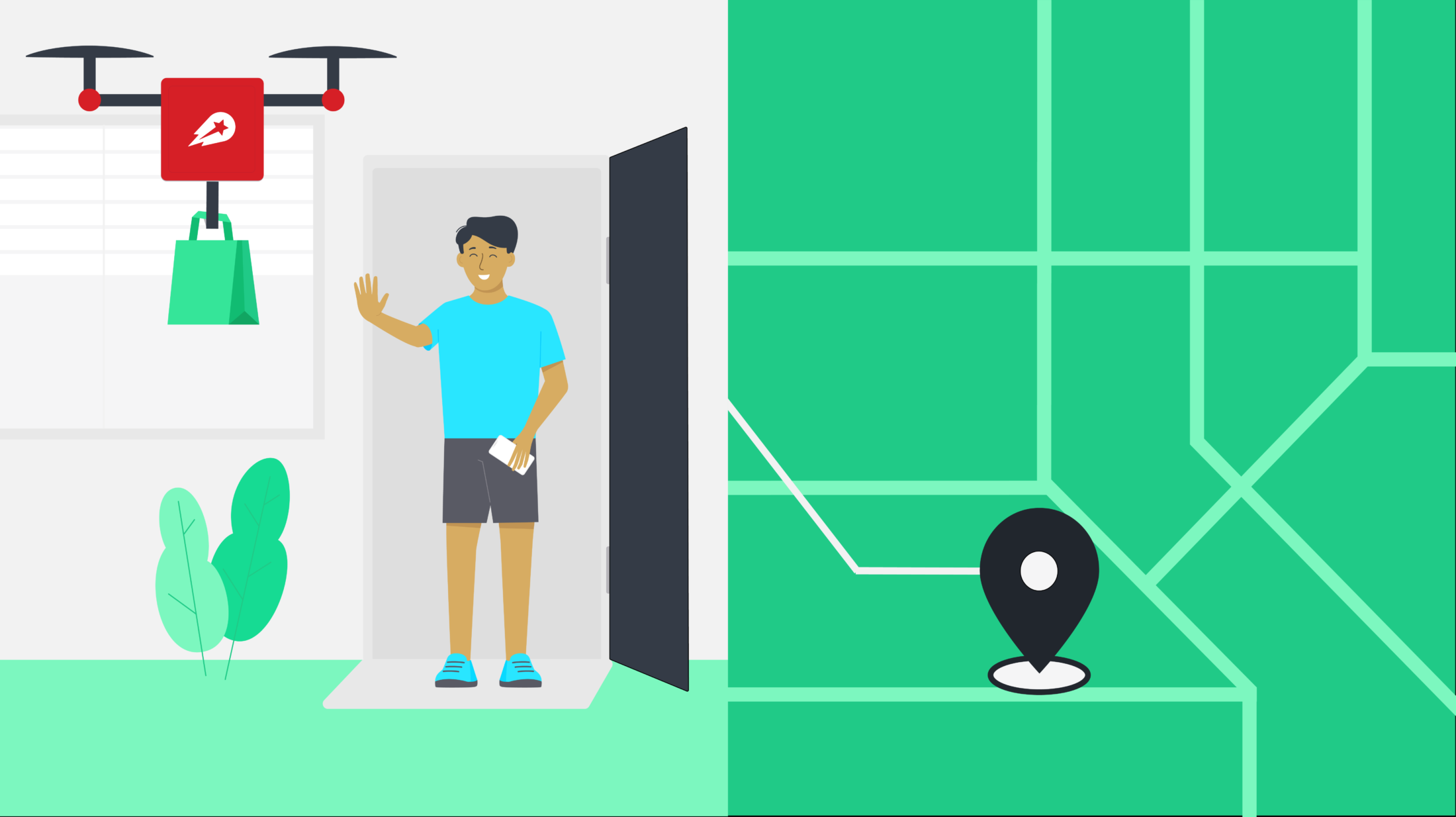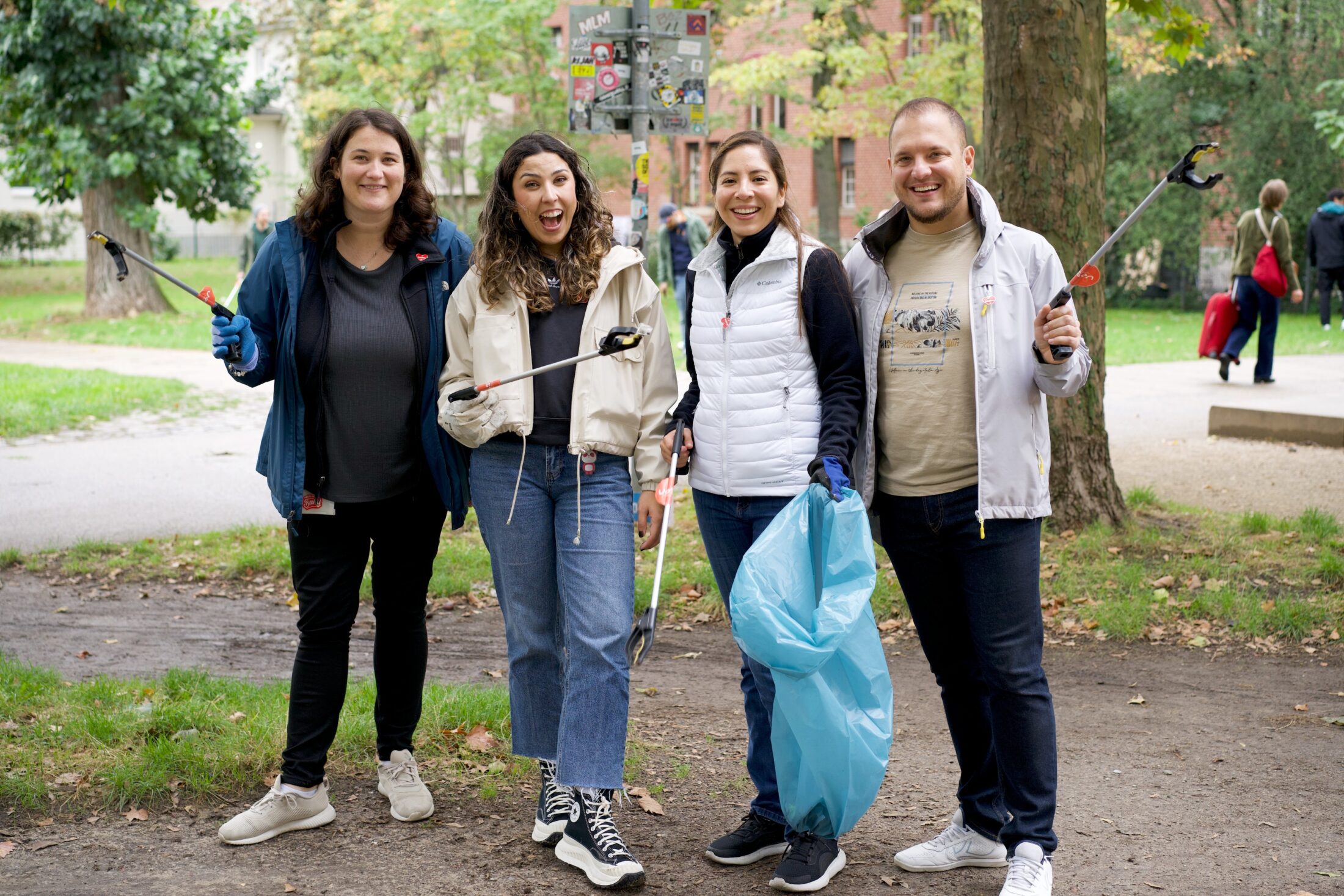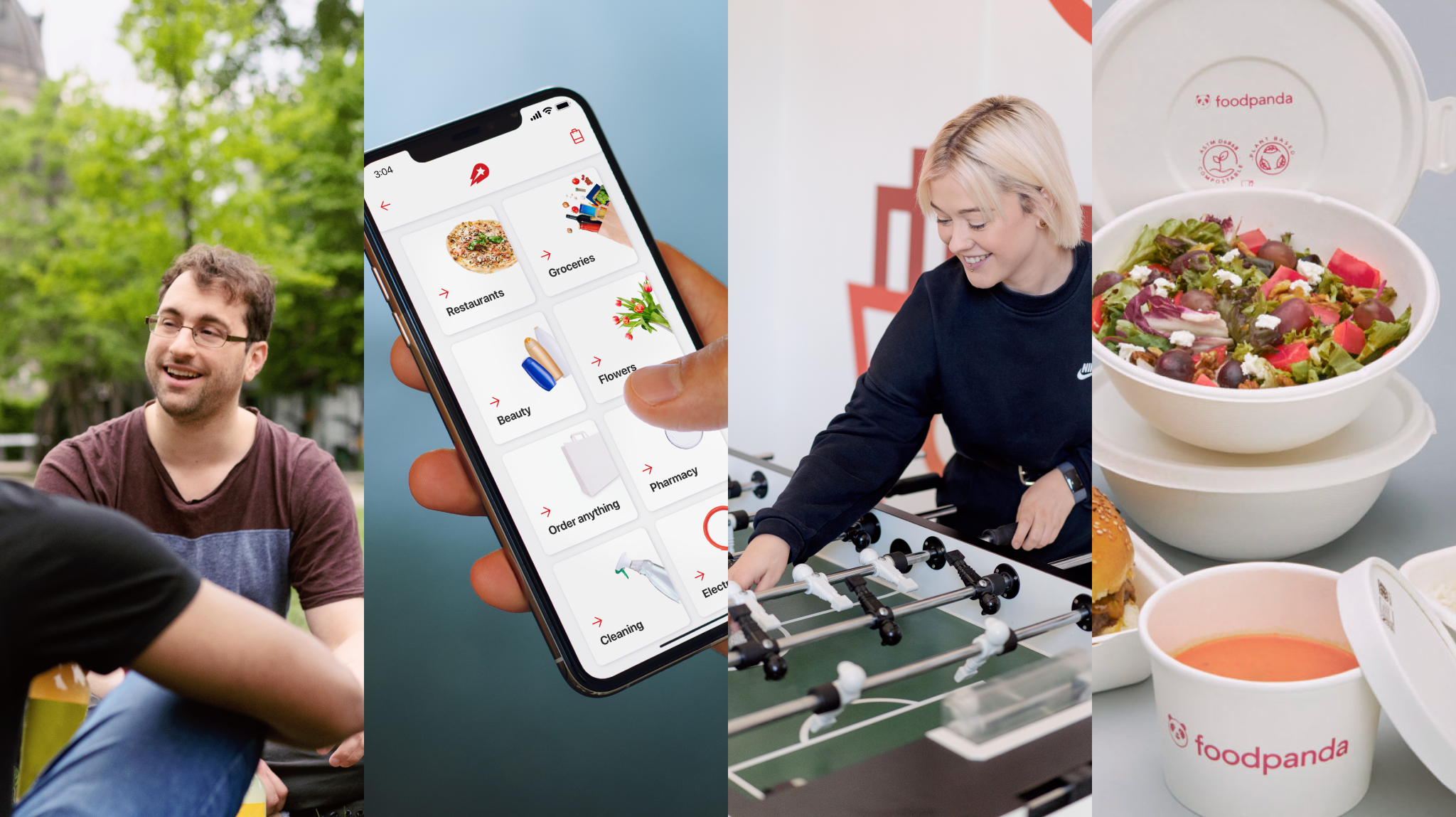Business & Innovation
- September 12, 2021The future of robots and drones in quick commerce: A conversation with Maria Estevan
You are head of special projects at talabat, what does this mean exactly?
This is a question that I get asked continuously because across the organization, there are many special projects roles with different functions. The role means managing complex projects that have plenty of stakeholders, external and internal.
Across Delivery Hero, any initiative that you try to implement involves multiple business functions, that is, from strategy to product, to marketing, to finance and legal, to sales, to the whole talabat market, to logistics, and so on. When it comes to my particular project, there are many external stakeholders as well, such as our brand partners, robotics company, delivery robots company, etc. Special project is something that cannot be properly defined, but any complex project with plenty of stakeholders falls into this criteria.
What excites you about robots?
What excites me about robots is the technology and the challenges they bring. I used to want to be an aircraft pilot and in time I realized how much I liked the engineering aspect of it and in particular anything involving space. What I like about robots is how technology helps our lives, as customers, as well as improving business and industry processes, and defining new strategies. I like how they make it easier for us but also all the challenges that come along with it. That is what is really fun about it. Always being on the cutting edge, and always coming up with new ideas for what we can do with the technology.
Where do you see the future of robots and drones in quick commerce going?

As an aerospace engineer, I see these delivery robots, automation robots, and drones implemented everywhere. Obviously, it will take different time frames to get these types of robots or drones out there, as there are plenty of stakeholders involved and it takes time to get everyone on the same page, in particular governments and authorities.
But I do see delivery robots being implemented quite soon, in specific scenarios. We can already see it at foodora, it’s already there. We just need to make it bigger, scalable, and adapted to the conditions of each country, its requirements, regulations, and culture. But to me, they are actually already here.
Drones will take a little bit more time. As an example, the business case for commercial purposes is still at the first stages due to needed manual operations and an air traffic (central) control system (similar to aircrafts) has yet to be developed. Therefore, many initial steps need to be implemented first.
What are some of the challenges of implementing Drones?
Aligning with local authorities can be difficult and a challenge, as well as the scarcity of drones operators. The use of drones requires a lot of approvals from civil aviation authorities. As of now, operations with drones are mainly flights in the “line of sight”, which requires specialized teams for take-off and landing locations, increasing costs of operations and these are not practical for far deliveries. Permits are even more difficult to get in very dense areas such as cities. This is what we are trying to work on now for Expo 2020. How to operate drones autonomously “beyond the line of sight” in a controlled environment.
The governments are trying to regulate this and we need to work out how to protect the population in these scenarios. The technology & safety measures for drones are here, that is, drones have parachutes in case control is lost and they have a collision-avoidance system. The last one is similar to aircraft technology. They could detect any obstacles, such as buildings, birds, or other drones, and react accordingly or communicate if it is another drones.
How will robots behave on the streets? What will the reality look like of having robots on the street?
This depends on the country or city itself because, for example, Sweden doesn’t look anything like Dubai, where everything is highways, wide roads, closed compounds, or neighborhoods. This means the “delivery” robots will be completely different (physically and operationally) depending on the country or city. The robots that people will observe in a neighborhood or in a hotel will have different characteristics to the ones that are driving on the street.
We will see the reality of what it will really look like at Expo 2020. We will showcase something close to the reality of delivering orders with autonomous vehicles on the streets. Furthermore, we will observe how people interact with robots. Obviously, safety is the first thing we pay attention to, we are really aware of it. Not crashing into people is a priority but also being able to complete the delivery. People tend to hinder the trip of the robots, just by being around or playing with the robot. We will need to find a balance between delivery time and people interaction.
Both robots and customers will have to get used to one another and utilize the same space. In Dubai you can find small “malls” on the lower floors of a lot of high buildings, with coffee shops, supermarkets, pharmacies, or restaurants, therefore, there will be robots going up and down in elevators and moving around these floors. It will be quite common and the next step for us.





Share